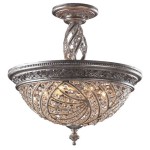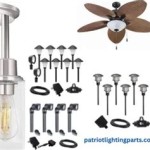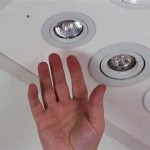Essential Aspects of Strip Lighting for Kitchen Ceilings
Strip lighting, a prominent feature in contemporary kitchen designs, plays a crucial role in enhancing aesthetics and functionality. Understanding the essential aspects of strip lighting is paramount to creating an optimal lighting solution tailored to the unique demands of kitchen ceilings.
## Key Considerations1. Brightness and Color Temperature: The brightness of strip lighting is measured in lumens, while the color temperature is measured in Kelvins. Choose strip lighting with an appropriate brightness level to ensure adequate task lighting without creating an overwhelming glare. Color temperature affects the ambiance, with warmer tones creating a convivial atmosphere and cooler tones promoting alertness. Opt for neutral white (3500K-4000K) for general lighting and cooler white (4500K-5000K) for areas requiring precision tasks.
2. Strip Width and Density: The width of the strip and the density of LEDs determine the spread and intensity of light. Wider strips provide broader illumination, while narrower strips create a more focused beam. Higher LED density results in brighter lighting and smoother transitions. Consider the width and density based on the size and shape of the kitchen ceiling.
3. Placement and Direction: Strategic placement of strip lighting maximizes its effectiveness. Under-cabinet lighting illuminates countertops for meal preparation and cooking. Cove lighting creates ambient light by washing walls or ceilings with a soft glow. Perimeter lighting provides indirect illumination, creating a sense of spaciousness. Consider the direction of light emission to avoid unwanted glare.
4. Dimming Capabilities: Dimmable strip lighting offers versatility by allowing adjustments to the brightness. This allows you to create different lighting scenarios, from bright task lighting to cozy ambient illumination. Dimming also helps conserve energy and extend the lifespan of the LEDs.
5. Energy Efficiency: Energy-efficient LED strip lighting reduces operating costs and promotes environmental sustainability. Look for strips with high lumen-per-watt ratios, indicating greater efficiency. Consider using energy-saving technologies such as motion sensors or smart controls.
6. Installation Considerations: Professional installation is recommended for seamless integration and optimal performance. Ensure proper electrical wiring, secure mounting, and adequate ventilation to avoid overheating. Consider the accessibility of the lighting for future maintenance.
## ConclusionStrip lighting for kitchen ceilings presents a range of essential aspects to consider. By addressing these key considerations, homeowners and designers can create lighting schemes that enhance both the aesthetics and functionality of their kitchen spaces. From brightness and color temperature to placement and energy efficiency, each element contributes to a tailored lighting solution that meets the unique needs of modern kitchens.

How To Position Your Led Strip Lights

Ideas For Using Flexible Led Strip In Your Kitchen Unitop

5 Ways To Light Your Kitchen Lightsource Bloglightsource Blog

Led Strips For Kitchens

Recessed Plaster In Led Tape Profile 1 2 Metres The Urban Lighting Collection

Create Stunning Lighting Effects With Govee Rgbic Led Strip Lights

How To Choose And Install Led Strip Lights For Kitchen Cabinets

Kitchen Ceiling Lighting Ideas For Your Home Designcafe

Kitchen Lighting 5 Ideas That Use Led Strip Lights Flexfire Leds Blog

55 Genius S For Led Strip Lights Loveproperty Com
Related Posts








